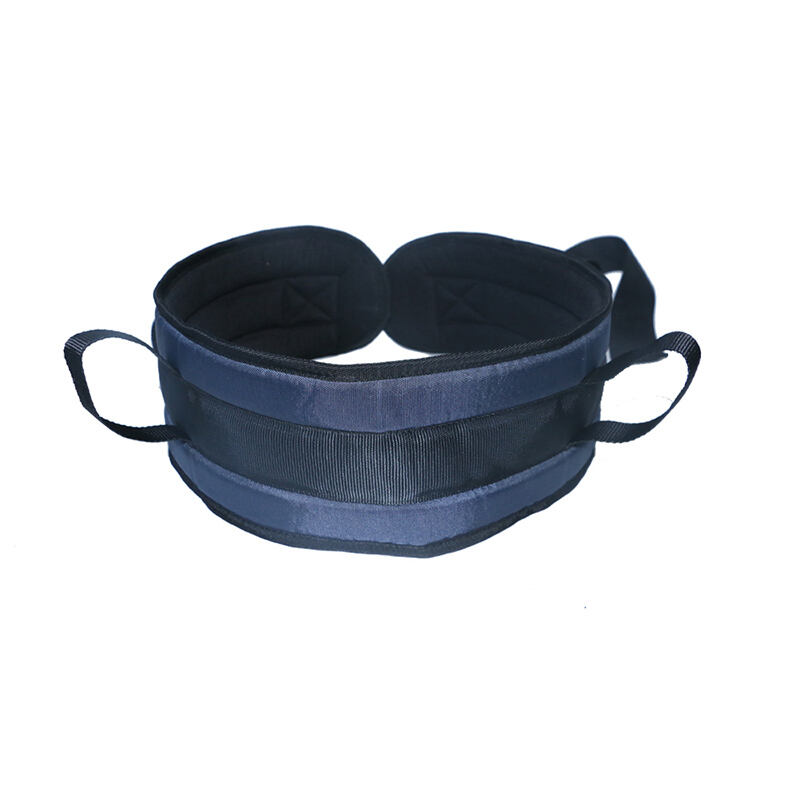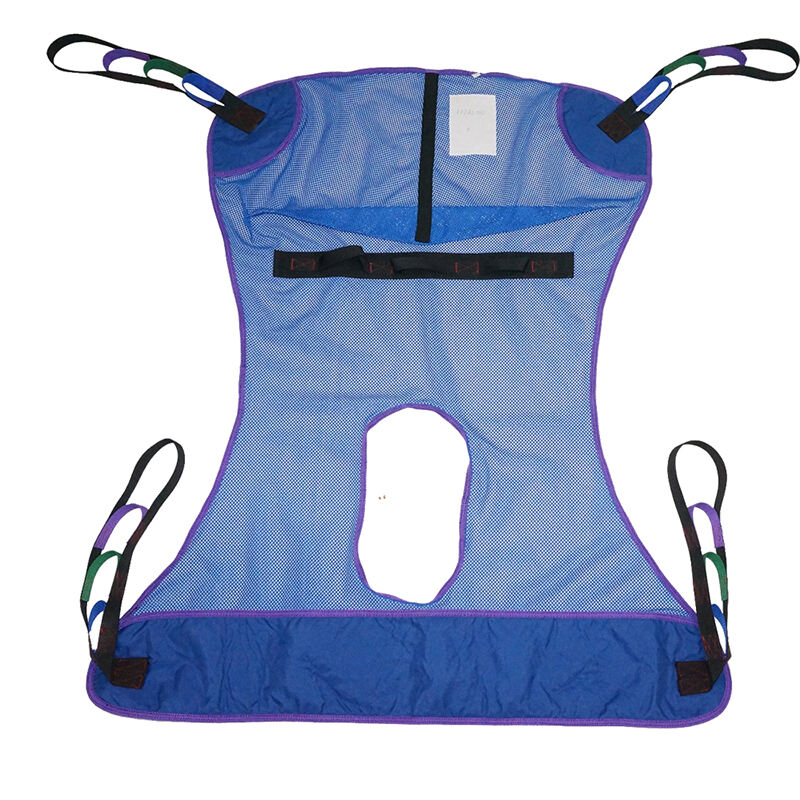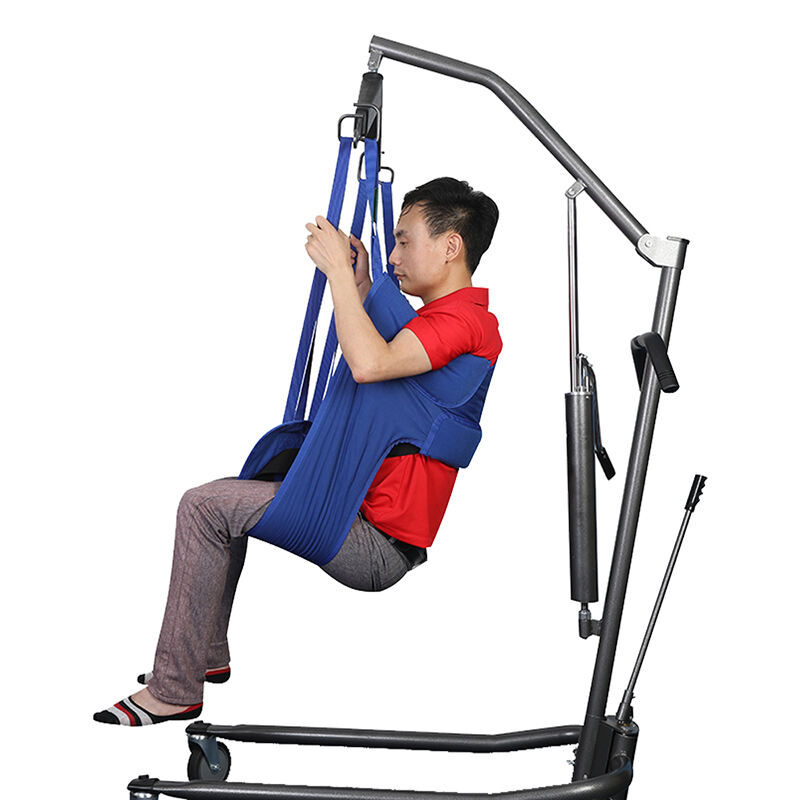The role and selection guide of medical protective pads: providing comfort and protection for patients
Introduction to Medical Protective Pads for Caregivers
Medical protective pads play a critical role in enhancing both caregiver safety and patient comfort in healthcare settings. These pads are designed to provide a barrier that helps prevent skin integrity issues, which can occur when patients are immobile for extended periods. By cushioning sensitive areas, they reduce the risk of pressure sores and abrasions, ensuring patients remain comfortable and protected.
In addition to comfort, these pads are essential in maintaining hygiene and reducing the risk of infection. They absorb fluid effectively, keeping the skin dry and minimizing the proliferation of bacteria. This not only promotes a clean environment but also supports patient health by mitigating infection risks. Therefore, the use of medical protective pads is a vital component of patient care, ensuring a safe and sanitary setting for both patients and caregivers.
Key Features of Effective Medical Protective Pads
Selecting medical protective pads made from high-quality materials is essential for both comfort and protection. These pads should incorporate breathable fabrics that allow air circulation, reducing skin irritation and moisture buildup. Moisture-wicking textiles are particularly important in keeping the skin dry, helping to prevent skin integrity issues and enhance patient comfort. Such materials can significantly lower the incidence of pressure sores and other skin-related problems commonly faced by bed-bound patients.
Equally important as the material is the dimension and fit of the protective pads. Ensuring that pads are appropriately sized for individual patients is crucial. This involves measuring the patient accurately to determine the correct size and understanding their specific mobility needs. A well-fitted pad not only enhances comfort but also ensures it stays in place, reducing the chance of leaks or discomfort. Guidelines typically suggest considering the patient’s weight, height, and daily movement to select the most effective pad. By combining these features, caregivers can better ensure patient protection and hygiene while reducing the risks associated with improper fit.
How to Choose the Right Medical Protective Pads
Choosing the right medical protective pads involves a careful assessment of individual patient needs, focusing on mobility and specific medical conditions. Begin by evaluating the patient's level of movement—someone who is bed-bound may require pads with extra absorbency and skin-friendly attributes, while a more mobile individual might prefer pads that are lighter and less restrictive. Additionally, specific medical conditions like skin sensitivity or recurrent infections may necessitate specialized pads designed to provide additional protection or moisture control.
Another consideration is the selection between disposable and washable pads, each having distinct advantages and disadvantages. Disposable pads, while convenient and hygienic, can contribute to higher long-term costs and environmental concerns due to waste generation. On the other hand, washable pads are cost-effective over time and eco-friendly, but they require regular washing and may present challenges in maintaining an adequate supply. Weighing these factors will help determine the best choice for balancing convenience and environmental responsibility.
Making an informed choice for medical protective pads is crucial for patient comfort and care efficiency. By systematically evaluating individual needs and understanding the trade-offs between disposable and washable options, caregivers can ensure they provide the most suitable protection for their patients' well-being. Transitioning to a thoughtful selection process not only optimizes care but also addresses economic and environmental impacts.
Best Practices for Using Medical Protective Pads
Proper placement of medical protective pads is crucial for maximizing their effectiveness and ensuring patient comfort. Caregivers should be trained on the correct positioning techniques to prevent skin irritation and leakage. Here are some essential tips:
- Positioning: Place the pad under the patient's buttocks, covering the entire area prone to wetness to prevent leaks.
- Smoothness: Ensure the pad is flat and smooth to avoid causing pressure points or discomfort.
- Alignment: Align the pad with the bed's draw sheet to avoid shifting during the patient's movement.
Routine checks for wear and tear are equally important in maintaining the efficacy of protective pads. A structured maintenance schedule will help prolong their life and ensure consistent performance. Here’s how you can do it:
- Inspection: Regularly inspect pads for any signs of wear, thinning, or tears that might compromise their effectiveness.
- Replacement: Implement a replacement schedule based on the product's usage and manufacturer’s guidelines to prevent accidental leaks.
- Cleaning: If using reusable pads, follow proper washing guidelines to maintain their integrity and hygiene.
These practices help maintain the protective pads in optimal condition, ensuring both the safety and comfort of patients. Implementing a routine can significantly extend the life span of these pads and contribute to better patient care.
Recommended Products for Medical Protective Pads
When choosing medical protective pads, it's important to consider safety standards, comfort, and usability. Here are some recommended products that cater to specific needs and scenarios:
Patient Transfer Gait Belt-CGSL281
This belt is designed to offer secure and efficient transfers for patients and caregivers, making it ideal for hospital and home care settings. It features a quick buckle for easy adjustment and removal and reinforced padded handles for a comfortable grip. This product is especially beneficial for patients who require frequent transfers and caregivers seeking enhanced safety.
Mesh Full Body Sling with Commode Cut-Out-CGSL208
This versatile sling comes with a commode cut-out, supporting individuals during lift and transfer procedures. The quick-drying mesh fabric offers full head and neck support, making it suitable for patients with limited mobility. It is designed to provide additional comfort with its padded under-thigh section, ensuring patient security while in use.
Deluxe Padded Toileting Sling-CGSL220
This sling combines performance and comfort, meant to preserve patient dignity during transfers. It has padded sections for added comfort and a cushioned back that provides lumbar support. Its open bottom design is particularly beneficial for toileting needs, making it suitable for use in personal care settings.
By understanding the specific applications and features of these products, caregivers can make informed decisions that best suit their patients' needs and enhance overall care quality.
Conclusion: Enhancing Care with Medical Protective Pads
Medical protective pads are essential in enhancing the care quality for patients by providing comfort and safety across various settings. They play a crucial role in promoting hygiene and preventing complications. By choosing the right pads tailored to specific needs, caregivers can significantly improve patient outcomes. Make informed decisions when selecting protective pads to ensure optimal care and comfort.

 EN
EN































